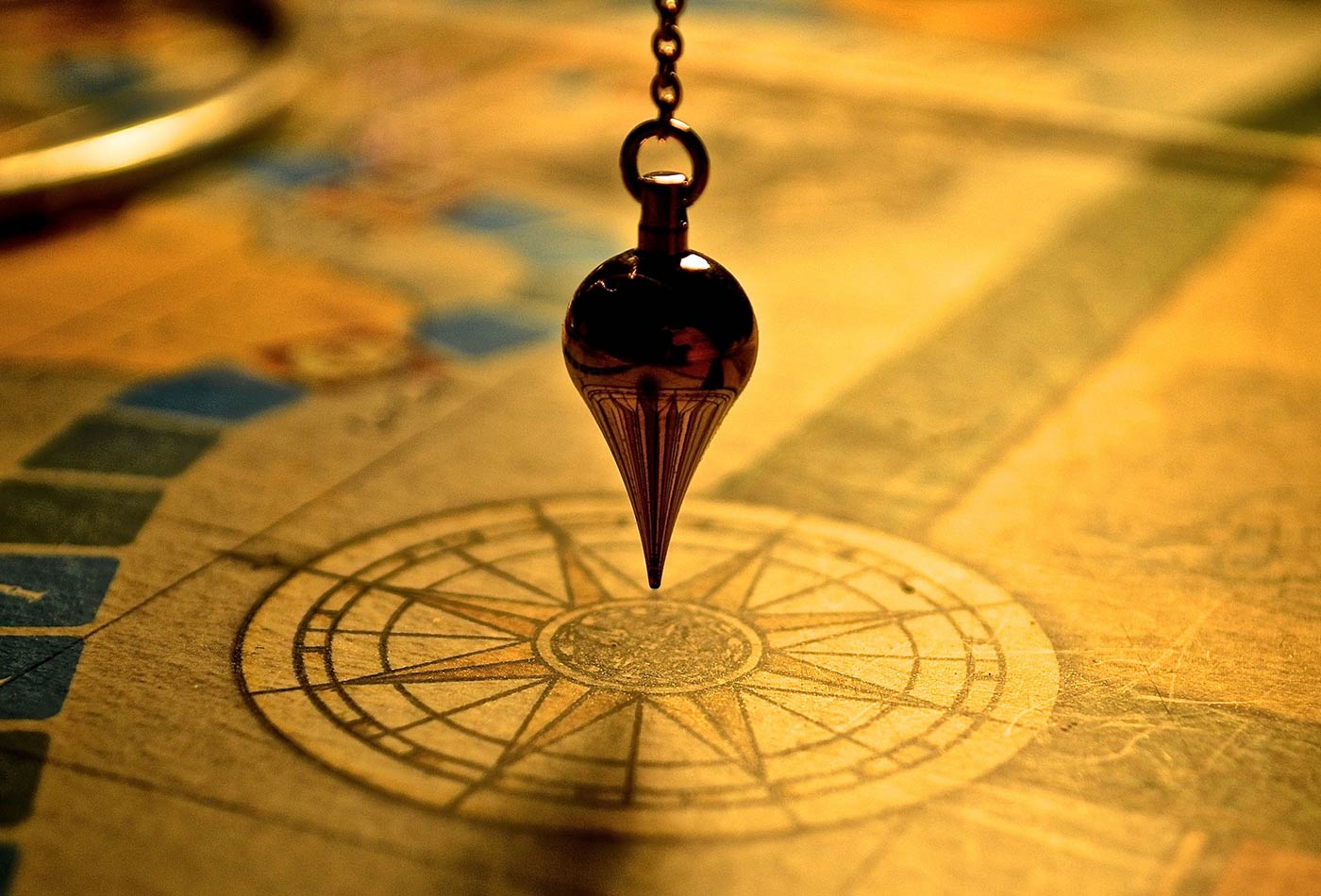Panic says it switched battery manufacturers after discovering drained power cells in early models. I haven’t run into issues with the battery in my test unit. I played on and off for several hours, and the battery sat at around 30 percent before the day’s end. Most of the time, I’m only playing a game here and there, whenever I have some free time, so you likely won’t have to recharge via USB-C for several days.
My initial impressions of the console were tempered last year, partly because I was able to try only the four games available at the time. I’ve now dipped my toes into all 24 games, some more than others. I should note that the games are released in a serial manner across “seasons,” so you won’t get instant access to every single game when your Playdate arrives. Instead, two games are delivered per week on the same day for 12 weeks. (You’ll always have unfettered access to every Season One game once they’ve landed on your machine over Wi-Fi.)
Almost like how everyone watches each new installment of Moon Knight at the same time, it feels like Panic wants to build the kind of social engagement you typically see when a TV episode airs. I’m not sure I see that happening; many of these games don’t have the kind of depth that would warrant that sort of collective excitement. But it is a way to keep the Playdate feeling fresh, with something new waiting around the corner—for three months, at least. There’s no word on whether there’ll be a Season Two, but a Panic spokesperson says if there are additional seasons, they likely won’t be included in the console price the way Season One is.
You’ll be happy to know that anyone can make a game for the Playdate and release it at any time. These indie games are dead simple to side-load onto the device. At the moment there’s only one—Bloom by RNG Party Games—which costs $10. It’s a Tamagotchi-like idle game where you check in on your character’s flower shop, and can even monitor their conversations with friends and family over the course of several real-life days. It’s not my cup of tea, but I know a few folks that’d sip it.
Eventually, Playdate says there’ll be a Playdate Catalog, which you can think of like an app store where you can find or buy games outside of the titles offered in Season One. The open nature of the system means you can expect to find the unexpected—like this media player a developer is creating to turn the Playdate into an iPod of sorts. (Yes, there’s a headphone jack.)
In case you’re wondering how accessibility-friendly the Playdate is, there’s good news. You can install an application called Playdate Mirror on Windows, Mac, or Linux, plug your Playdate into the PC, and launch the app. You’ll instantly see your Playdate’s screen on your computer. You can make the virtual screen larger so it’s easier to see, use standard controllers to play, and can have the sound route to an assistive audio device. This app lets streamers record gameplay audio and video too. It worked flawlessly when I tried it.
Playpen
Much of what I’ve said before about the hardware hasn’t changed. The Playdate is still the size of a stack of Post-Its. It’s awfully pretty; the firm Teenage Engineering, which is known for its bright and whimsical gadgets, handled the industrial design. It’s almost like the Playdate is meant to sit on my desk as a nifty, retro clock instead of a portable handheld.
One concern I have is with quality control. My unit has a visible scratch on a corner of the inner glass. Panic offered to replace my unit but didn’t mention what might have caused the scratch. Inspect your Playdate whenever you get it.





